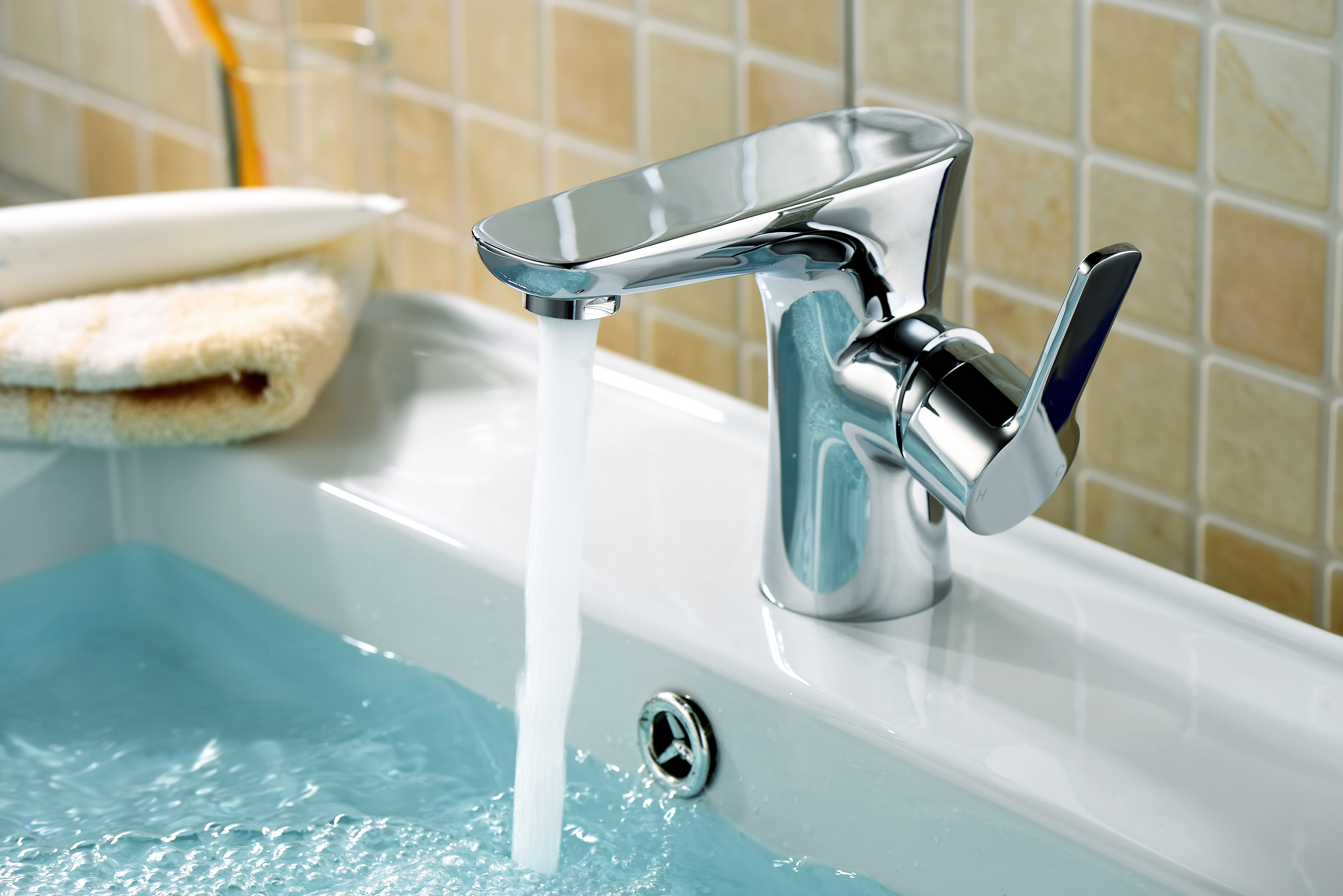Essential Bathroom Faucet Selection Criteria for Professional Contractors
Selecting the right bathroom faucets for construction and renovation projects requires careful consideration of multiple factors that impact both functionality and client satisfaction. As a contractor, making informed decisions about bathroom faucets can significantly influence project outcomes, client relationships, and long-term success. This comprehensive guide explores the critical features and considerations that should guide your bathroom faucet sourcing decisions.
Technical Specifications and Performance Features
Flow Rate and Water Efficiency
Modern bathroom faucets must balance optimal performance with water conservation. Today's standards typically require bathroom faucets to maintain a flow rate of 1.5 gallons per minute (GPM) or less. WaterSense-certified bathroom faucets offer up to 30% water savings compared to standard models while maintaining strong performance. When evaluating flow rates, consider the local water pressure and client expectations for water flow experience.
Advanced aerator technology in contemporary bathroom faucets helps maintain satisfying water pressure while reducing water consumption. Some models feature adjustable flow rates, allowing users to customize their experience while still maintaining efficiency standards. This flexibility can be particularly valuable when working with clients who have specific preferences or requirements.
Construction Materials and Durability
The material composition of bathroom faucets significantly impacts their longevity and performance. Solid brass construction remains the gold standard for bathroom faucets, offering superior durability and corrosion resistance. While zinc alloy faucets may offer cost savings, they typically don't match brass in terms of longevity and reliability.
When examining bathroom faucets, pay special attention to the internal components. Ceramic disc valves have become industry standard, offering smooth operation and excellent leak resistance. These valves typically outlast traditional rubber washers and require less maintenance over time, reducing callback rates and enhancing client satisfaction.
Design Elements and Aesthetic Considerations
Finish Options and Durability
The finish of bathroom faucets plays a crucial role in both aesthetics and maintenance requirements. Popular finish options include chrome, brushed nickel, matte black, and oil-rubbed bronze. Chrome remains a top choice for its durability and easy maintenance, while PVD (Physical Vapor Deposition) finishes offer superior scratch and tarnish resistance.
Consider the environmental conditions where the bathroom faucets will be installed. In coastal areas or regions with hard water, certain finishes may require more frequent maintenance or show wear more quickly. Premium finishes with advanced protection technologies can justify their higher initial cost through reduced maintenance and longer aesthetic appeal.
Style and Configuration Options
Bathroom faucets come in various mounting configurations, including single-hole, centerset, widespread, and wall-mounted options. Each configuration presents different installation requirements and aesthetic possibilities. Understanding the structural requirements and limitations of each type helps ensure successful installation and client satisfaction.
Modern bathroom faucets often incorporate design elements that complement contemporary bathroom trends while maintaining timeless appeal. Consider how different styles will integrate with other bathroom fixtures and overall design schemes. The ability to offer clients a range of coordinated options can enhance your value proposition as a contractor.
Installation and Maintenance Considerations
Ease of Installation
Installation efficiency directly impacts project timelines and labor costs. Look for bathroom faucets with clear installation instructions and included mounting hardware. Quick-connect fittings and pre-attached water lines can significantly reduce installation time. Some manufacturers offer specialized tools or installation kits that can further streamline the process.
Consider the accessibility of parts and potential maintenance requirements when selecting bathroom faucets. Models with easily accessible cartridges and serviceable components can reduce future maintenance time and costs. This consideration becomes particularly important in commercial applications or high-use residential settings.

Warranty and Support Services
Manufacturer warranty terms vary significantly among bathroom faucets. Premium brands typically offer limited lifetime warranties on both finish and function, while budget options may provide more limited coverage. Understanding warranty terms and support services helps manage client expectations and protects your reputation as a contractor.
Evaluate manufacturer support services, including parts availability and technical assistance. Strong manufacturer relationships and reliable support can be invaluable when issues arise. Some manufacturers offer contractor-specific support programs that provide priority service and specialized resources.
Smart Technology and Innovation
Water Management Features
Advanced bathroom faucets now incorporate smart technology for improved water management. Features like touchless operation, temperature memory, and automatic shut-off can enhance user experience while promoting water conservation. These technologies can differentiate your projects and appeal to environmentally conscious clients.
Connected bathroom faucets that integrate with home automation systems represent an emerging trend. These smart fixtures can provide water usage data, maintenance alerts, and customizable settings through smartphone apps. While these features may command premium prices, they can add significant value for tech-savvy clients.
Future-Proofing Considerations
When selecting bathroom faucets, consider future trends and potential regulatory changes. Water efficiency standards continue to evolve, and smart home integration is becoming increasingly important. Choosing products that meet or exceed current standards while offering upgradeability can protect your clients' investments.
The growing focus on hygiene and touchless technology suggests these features will become increasingly standard in bathroom faucets. Consider how current selections might adapt to changing expectations and requirements. Building flexibility into your specifications can help future-proof your projects.
Frequently Asked Questions
How long should quality bathroom faucets last?
Quality bathroom faucets, particularly those constructed with solid brass and ceramic disc valves, should last 15-20 years or more with proper maintenance. Premium models with high-quality finishes and components can extend this lifespan significantly, making them a worthwhile investment for long-term value.
What are the most important maintenance considerations for bathroom faucets?
Regular maintenance for bathroom faucets includes cleaning according to manufacturer specifications, checking for leaks, cleaning aerators periodically, and addressing any issues promptly. Hard water areas may require more frequent maintenance to prevent mineral buildup and protect finishes.
Are smart bathroom faucets worth the additional investment?
Smart bathroom faucets can offer significant value through water savings, improved hygiene, and enhanced user experience. While the initial investment is higher, the long-term benefits in water conservation, convenience, and modern appeal often justify the cost, particularly in luxury projects or tech-forward homes.

